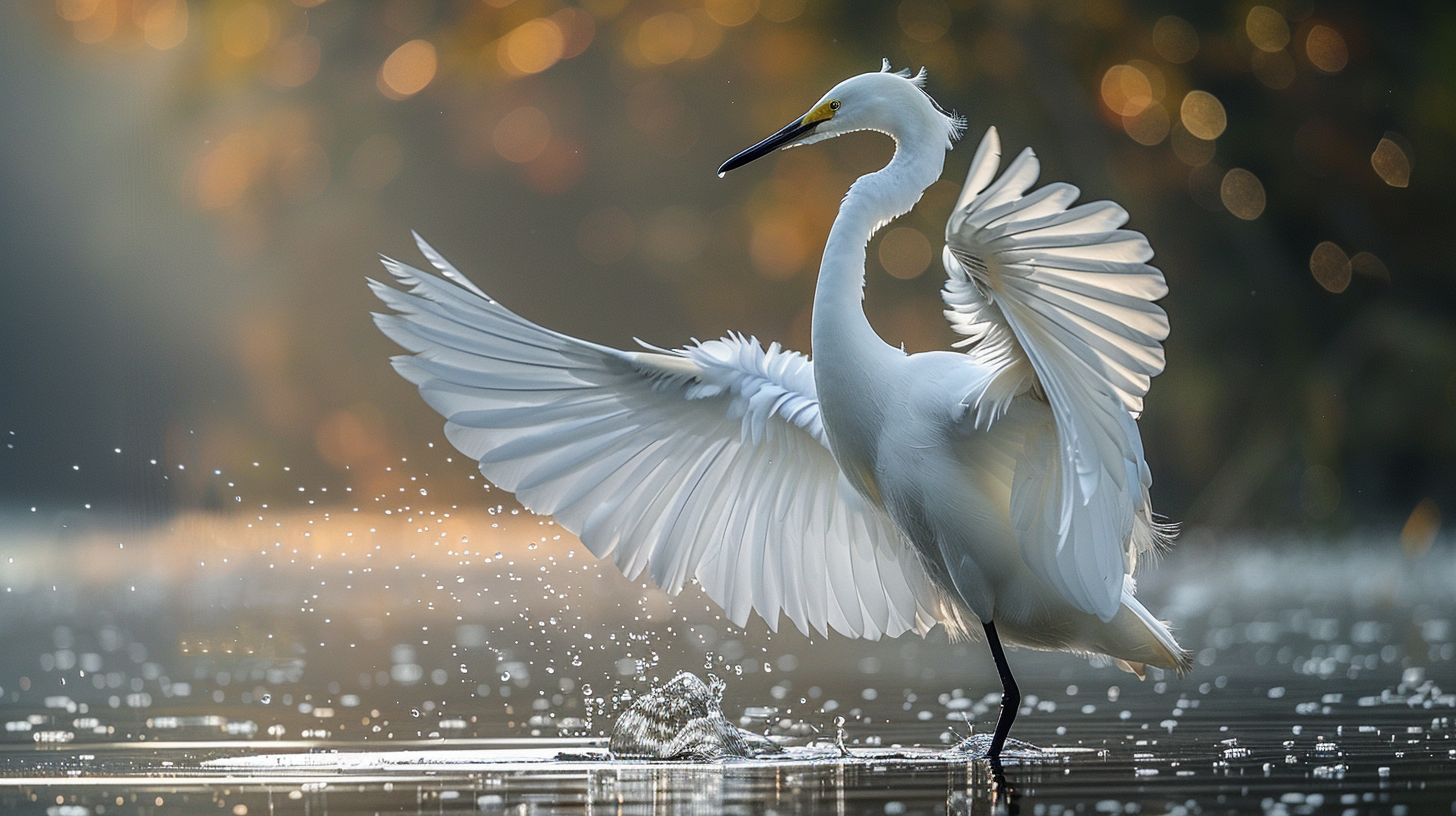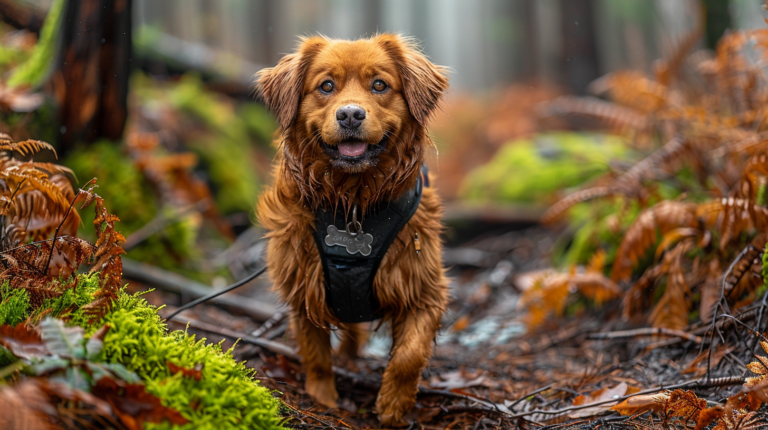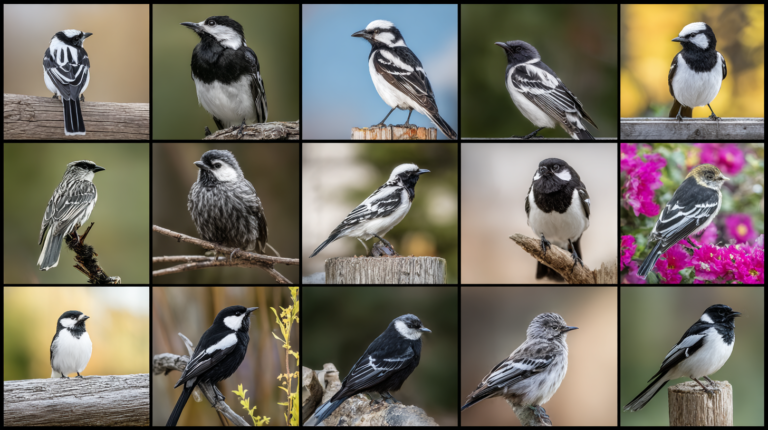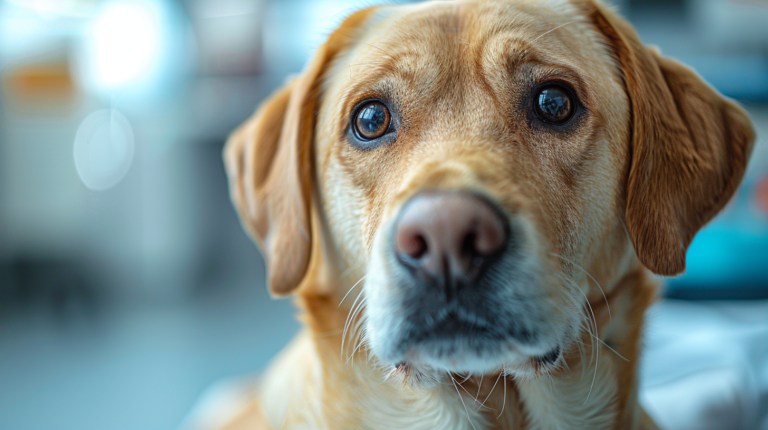Discover the 10 most stunning white birds species with photos. From pet-friendly cockatoos to majestic swans, learn about beautiful white birds and their care requirements.
Did you know that over 200 bird species display predominantly white plumage, making white birds some of the most sought-after and admired creatures in both the wild and as companion pets? These magnificent white birds have captivated humans for centuries with their pristine beauty, graceful movements, and often striking personalities. Whether you’re a bird enthusiast looking to add a feathered friend to your family or simply fascinated by these stunning creatures in their natural habitats, understanding different white bird species can enhance your appreciation for avian beauty.
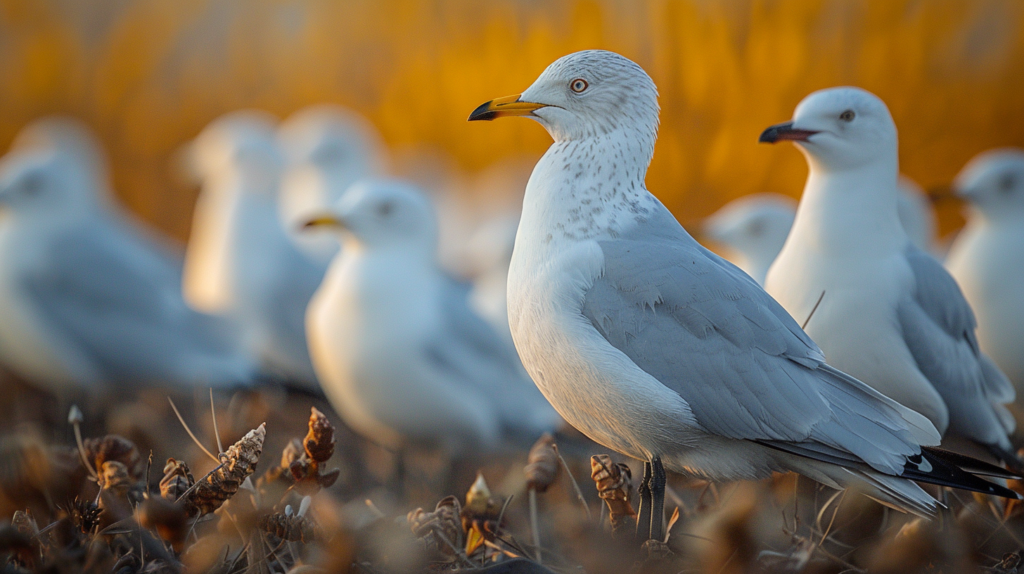
White birds represent purity, peace, and elegance across cultures worldwide. From the gentle dove to the majestic swan, these creatures have inspired art, literature, and spiritual beliefs throughout human history. For pet owners considering a white bird companion, understanding the unique characteristics, care requirements, and temperaments of different species is crucial for making an informed decision.
Living in coastal California, I’ve had the privilege of observing both wild white birds and caring for rescued pet birds at our local sanctuary. The first time I saw a rescued umbrella cockatoo spread its magnificent white crest, I was struck by the bird’s intelligence and emotional depth—a moment that forever changed my perspective on avian companionship.
In this comprehensive guide, we’ll explore the 10 most beautiful white bird species, examining both wild birds that capture our imagination and domesticated species that make wonderful companions. You’ll discover essential care information, behavioral insights, and practical tips for anyone considering these remarkable creatures as pets or simply wanting to learn more about them.
The Fascinating World of White Bird Species
White plumage in birds serves multiple evolutionary purposes, from camouflage in snowy environments to social signaling within species. Understanding why birds develop white coloration helps us appreciate the diversity and adaptability of these creatures. Some white birds maintain their pristine coloring year-round, while others display seasonal changes that enhance their survival prospects.
The genetics behind white plumage involves complex mechanisms, including leucism (partial loss of pigmentation) and true albinism (complete absence of pigment). Most white birds we admire today have evolved their coloring through natural selection, developing white feathers that serve specific survival functions in their environments.
For pet enthusiasts, white birds often represent the pinnacle of avian beauty and companionship. Species like cockatoos, doves, and certain parrots have been selectively bred to enhance their white characteristics, resulting in stunning companion birds that form deep bonds with their human families.
1. Umbrella Cockatoo (Cacatua alba)
The umbrella cockatoo stands as one of the most beloved white birds in the pet trade, known for its affectionate nature and impressive intelligence. These magnificent creatures, native to Indonesia’s Moluccan islands, display pure white plumage with a distinctive umbrella-shaped crest that gives them their common name.
Umbrella cockatoos can live 60-100 years with proper care, making them lifetime companions that often outlive their human families. Their emotional intelligence rivals that of a young child, requiring significant mental stimulation and social interaction to thrive in captivity. These birds form incredibly strong bonds with their caretakers and can become destructive or develop behavioral problems if neglected.
Care Requirements:
- Large flight cage (minimum 36″ x 48″ x 60″)
- Daily out-of-cage time (4-6 hours minimum)
- High-quality pellet diet supplemented with fresh fruits and vegetables
- Regular veterinary checkups by avian specialists
- Mental stimulation through toys, foraging activities, and training
Personality Traits: Umbrella cockatoos are known for their playful, attention-seeking personalities. They love to dance, learn tricks, and can develop extensive vocabularies. However, they’re also known for being loud, especially during dawn and dusk hours, which potential owners must consider, particularly in apartments or close neighborhoods.
2. Mute Swan (Cygnus olor)
The mute swan represents grace and beauty in the white bird kingdom, though they’re not actually mute—they can hiss, grunt, and make various other sounds. These majestic waterbirds are among the largest flying birds, with wingspans reaching up to 8 feet and weights up to 30 pounds.
Native to Europe and Asia, mute swans have been introduced to North America, where they’ve established populations in various water bodies. Their elegant S-shaped necks, pristine white plumage, and graceful swimming motion make them favorites in parks, gardens, and wildlife preserves.
Habitat and Behavior: Mute swans prefer shallow wetlands, ponds, and slow-moving rivers where they can easily reach aquatic vegetation. They’re primarily herbivorous, feeding on underwater plants, algae, and occasionally small fish or insects. During breeding season, they become highly territorial and can be aggressive toward other waterfowl or even humans who venture too close to their nests.
Conservation Status: While not endangered globally, mute swan populations face challenges from habitat loss, pollution, and human interference. Many regions have implemented protection measures to ensure these beautiful birds continue to grace our waterways.
3. Snowy Owl (Bubo scandiacus)
The snowy owl captivates observers with its piercing yellow eyes and pristine white plumage, perfectly adapted for life in the Arctic tundra. These powerful hunters migrate south during winter months, occasionally appearing in northern United States regions, creating excitement among birdwatchers and nature enthusiasts.
Male snowy owls are typically whiter than females, with some mature males being almost completely white. Females and younger birds display black barring across their white feathers, providing additional camouflage during nesting season. These adaptations help them blend seamlessly with snow-covered landscapes while hunting for prey.
Hunting and Diet: Snowy owls primarily hunt lemmings in their Arctic habitat, but their diet expands during migration to include rabbits, rodents, and occasionally birds. Their excellent hearing and vision allow them to detect prey beneath snow cover, making them efficient predators even in harsh winter conditions.
Migration Patterns: Unlike many owl species that remain in fixed territories, snowy owls undertake remarkable migrations. During irruptive years when prey is scarce in the Arctic, large numbers of snowy owls may appear in northern U.S. states, delighting wildlife photographers and bird enthusiasts.
Expert Tips for White Bird Care and Observation
Whether you’re caring for a pet white bird or observing them in the wild, understanding their specific needs enhances both their wellbeing and your experience. Here are essential tips from avian experts:
For Pet White Birds:
- UV Lighting Requirements: White birds, especially those kept indoors, need full-spectrum UV lighting to synthesize vitamin D3 properly. Without adequate UV exposure, they can develop serious health issues including metabolic bone disease.
- Dust Management: Many white birds, particularly cockatoos and cockatiels, produce significant amounts of powder down—a fine dust that helps waterproof their feathers. This requires regular air filtration and cleaning to maintain healthy air quality.
- Social Needs: Most white bird species are highly social creatures that require daily interaction, mental stimulation, and in some cases, companion birds to prevent loneliness and behavioral problems.
- Grooming Considerations: White feathers show dirt and staining more readily than darker plumage. Regular bathing opportunities and proper perch selection help maintain feather health and appearance.
- Noise Levels: Many white bird species, especially larger parrots and cockatoos, are naturally loud. Understanding their vocal patterns and providing appropriate outlets for this behavior is crucial for harmonious cohabitation.
- Space Requirements: Larger white birds need substantial flight space. The bigger the bird, the larger the enclosure required for physical and mental health.
- Diet Diversity: White birds benefit from varied diets including high-quality pellets, fresh fruits, vegetables, and species-appropriate treats. Avoid all-seed diets which can lead to nutritional deficiencies.
- Veterinary Care: Annual checkups with avian veterinarians are essential, as birds hide illness symptoms until they’re seriously compromised.
4. Great Egret (Ardea alba)
The great egret stands as one of North America’s most elegant white birds, recognized by its impressive size, pure white plumage, and distinctive black legs with yellow feet. During breeding season, these magnificent birds develop delicate plumes called aigrettes, which were once highly prized for hat decorations, nearly driving the species to extinction in the early 1900s.
Great egrets inhabit wetlands, marshes, and coastal areas across North America, hunting fish, frogs, and small reptiles with remarkable patience and precision. Their hunting technique involves standing motionless in shallow water, then striking with lightning speed when prey approaches within range.
Conservation Success Story: The great egret represents one of conservation’s greatest success stories. After near extinction due to plume hunting, protection laws and habitat conservation efforts have allowed populations to recover dramatically. Today, they’re found throughout their historical range and serve as the symbol of the National Audubon Society.
Nesting and Reproduction: Great egrets nest colonially in trees near water sources, often sharing rookeries with other wading bird species. Both parents participate in nest building, incubation, and chick rearing, demonstrating strong pair bonds during breeding season.
5. Ring-necked Dove (Streptopelia capicola)
The ring-necked dove, also known as the Cape turtle dove, makes an excellent pet bird for those seeking a gentle, low-maintenance white bird companion. These small doves, originally from Africa, have been domesticated for centuries and are available in pure white color variations through selective breeding.
Ring-necked doves are known for their peaceful temperament, soft cooing calls, and relatively simple care requirements compared to larger parrot species. They’re often recommended as starter birds for families wanting to experience bird ownership without the intensive demands of larger species.
Pet Care Essentials:
- Cage size: Minimum 30″ x 18″ x 18″ for a pair
- Diet: High-quality dove seed mix with fresh greens
- Social needs: Best kept in pairs or small groups
- Temperature: Comfortable at normal room temperatures
- Lifespan: 10-15 years with proper care
Breeding Behavior: Ring-necked doves are prolific breeders and may produce multiple clutches throughout the year. Understanding their breeding behavior is important for pet owners, as preventing unwanted breeding requires specific management strategies.
Table 1 – Markdown Version:
| White Bird Species | Size | Lifespan | Care Level | Best For |
|---|---|---|---|---|
| Umbrella Cockatoo | 18-20 inches | 60-100 years | Expert | Experienced bird owners |
| Ring-necked Dove | 8-12 inches | 10-15 years | Beginner | First-time bird owners |
| Cockatiel (Lutino) | 12-13 inches | 15-25 years | Intermediate | Families with children |
| Canary (White) | 5-6 inches | 10-15 years | Beginner | Apartment dwellers |
| Budgerigar (Albino) | 7-8 inches | 5-10 years | Beginner | Budget-conscious owners |
6. White Cockatiel (Lutino Mutation)
The lutino cockatiel represents one of the most popular white bird mutations in the pet trade, characterized by their pale yellow and white plumage with distinctive orange cheek patches. These charming birds combine the friendly personality of standard cockatiels with striking white coloration that makes them particularly appealing to bird enthusiasts.
Lutino cockatiels are excellent starter birds for families, offering many of the desirable traits of larger parrots while remaining manageable in size and care requirements. They’re intelligent, social, and capable of learning whistles, simple words, and even basic tricks with patience and consistent training.
Genetic Considerations: The lutino mutation is sex-linked, meaning it affects males and females differently. Understanding these genetic factors is important for breeders and can help owners better understand their bird’s characteristics and potential health considerations.
Social and Training Needs: Cockatiels are highly social birds that thrive on interaction with their human families. They benefit from:
- Daily out-of-cage time for exercise and socialization
- Consistent training sessions using positive reinforcement
- Mental stimulation through puzzle toys and foraging activities
- Regular interaction to prevent loneliness and behavioral issues
For more expert pet care tips and product recommendations, visit BlithePet.com — your trusted source for pet wellness.
7. Trumpeter Swan (Cygnus buccinator)
The trumpeter swan holds the distinction of being North America’s largest waterfowl and one of the most magnificent white birds on the continent. These impressive birds can weigh up to 38 pounds and have wingspans exceeding 10 feet, making their flight both powerful and graceful despite their substantial size.
Once nearly extinct due to hunting and habitat loss, trumpeter swans have made a remarkable recovery through dedicated conservation efforts. Today, stable populations exist in Alaska, parts of Canada, and the northwestern United States, with reintroduction programs successfully establishing populations in other regions.
Habitat Requirements: Trumpeter swans require large bodies of water with abundant aquatic vegetation. They prefer shallow lakes, wetlands, and slow-moving rivers where they can easily access their preferred food sources. During winter, they seek ice-free waters, often gathering in large flocks at thermal springs or areas with flowing water.
Life Cycle and Behavior: These magnificent birds mate for life and can live over 20 years in the wild. Their loud, trumpet-like calls can be heard over great distances and serve important functions in maintaining pair bonds and territorial communication.
8. White Canary
White canaries represent centuries of selective breeding, resulting in birds with pure white or cream-colored plumage that maintains the species’ renowned singing ability. These small white birds are perfect for bird enthusiasts who appreciate both visual beauty and melodious songs.
The development of white canary strains involved careful breeding programs that preserved the birds’ vocal qualities while achieving the desired white coloration. Unlike some color mutations that may affect health or behavior, white canaries typically maintain the same hardiness and longevity as their wild-colored counterparts.
Song and Behavior: Male white canaries are particularly prized for their singing ability, with some strains specifically bred for enhanced vocal performance. Their songs serve territorial and mating purposes in the wild, but domesticated canaries often sing for the sheer joy of it, providing hours of entertainment for their owners.
Housing and Care: White canaries thrive in appropriately sized cages with:
- Adequate space for flying and exercise
- Multiple perches of varying diameters
- Access to natural sunlight or full-spectrum lighting
- High-quality seed mixes supplemented with fresh foods
- Clean water changed daily
Warning Signs Every White Bird Owner Should Watch For
Recognizing early signs of illness in white birds can mean the difference between successful treatment and tragic loss. Birds naturally hide symptoms of illness as a survival mechanism, making careful observation crucial for pet owners.
Physical Warning Signs:
- Changes in feather quality, including dullness, plucking, or excessive molting
- Discharge from eyes, nostrils, or beak
- Changes in posture, such as hunching or tail bobbing
- Visible weight loss or changes in body condition
- Lameness or difficulty perching
Behavioral Changes:
- Decreased appetite or changes in eating habits
- Reduced vocalization or changes in voice quality
- Excessive sleeping or lethargy
- Aggressive behavior or unusual fearfulness
- Changes in bathroom habits
Respiratory Symptoms:
- Labored breathing or open-mouth breathing
- Tail bobbing with each breath
- Wheezing or clicking sounds
- Nasal discharge or blocked nostrils
Emergency Situations: Some symptoms require immediate veterinary attention:
- Bleeding from any source
- Inability to perch or stand
- Seizures or neurological symptoms
- Severe respiratory distress
- Trauma from accidents or attacks
9. Great White Heron (Ardea herodias occidentalis)
The great white heron, a white color morph of the great blue heron, graces the subtropical waters of Florida and the Caribbean with its impressive presence. These magnificent white birds stand nearly four feet tall and display pure white plumage year-round, distinguishing them from their blue-gray relatives.
Found primarily in the Florida Keys and Everglades, great white herons prefer shallow coastal waters, mangrove swamps, and tidal flats where they hunt fish, crustaceans, and small reptiles. Their patient hunting style involves standing motionless for extended periods before striking with remarkable speed and precision.
Ecological Importance: Great white herons serve as important indicators of ecosystem health in their coastal habitats. Their presence indicates healthy fish populations and clean water conditions, making them valuable species for conservation monitoring.
Nesting and Reproduction: These birds nest colonially in mangrove trees, often returning to the same rookeries year after year. Both parents share incubation duties and chick rearing responsibilities, with young birds remaining dependent on parents for several months after fledging.
10. Snowy Egret (Egretta thula)
The snowy egret completes our list of beautiful white birds with its elegant appearance and distinctive yellow feet, earning it the nickname “golden slippers.” These medium-sized wading birds are found throughout much of North America, from coast to coast, in suitable wetland habitats.
Smaller than great egrets but equally graceful, snowy egrets are active hunters that use various techniques to capture prey, including stirring sediment with their feet to flush out fish and invertebrates. Their black bills and legs, contrasted with bright yellow feet, make them easily identifiable among white bird species.
Feeding Behavior: Snowy egrets display remarkable versatility in their hunting techniques:
- Patient stalking in shallow water
- Active pursuit of fleeing prey
- Stirring bottom sediments to disturb hidden prey
- Occasionally feeding in groups during abundant food sources
Conservation Status: Like many white bird species, snowy egrets faced severe population declines during the plume hunting era of the late 1800s and early 1900s. Legal protection and habitat conservation have allowed populations to recover, though they still face challenges from habitat loss and environmental contamination.
Table 2 – Markdown Version:
| Wild White Bird | Habitat | Diet | Wingspan | Conservation Status |
|---|---|---|---|---|
| Mute Swan | Wetlands, lakes | Aquatic vegetation, algae | 7-8 feet | Least Concern |
| Snowy Owl | Arctic tundra, open fields | Lemmings, rodents, birds | 4.2-4.8 feet | Vulnerable |
| Great Egret | Marshes, wetlands | Fish, frogs, insects | 4.3-5.6 feet | Least Concern |
| Trumpeter Swan | Large lakes, rivers | Aquatic plants, roots | 8-10 feet | Least Concern |
| Great White Heron | Coastal waters, mangroves | Fish, crustaceans | 5.5-6.6 feet | Least Concern |
| Snowy Egret | Wetlands, shorelines | Fish, frogs, insects | 3.1-3.4 feet | Least Concern |
When to Consult an Avian Veterinarian
Understanding when to seek professional veterinary care for white birds—whether pets or wild birds in distress—can save lives and prevent unnecessary suffering. Avian veterinarians receive specialized training in bird anatomy, physiology, and diseases that general practice veterinarians may not possess.
Routine Care Situations:
- Annual wellness examinations for pet birds
- Wing and nail trimming for birds that require it
- Nutritional consultations for optimal diet planning
- Behavioral assessments for problem behaviors
- Pre-breeding health evaluations
Urgent Care Situations:
- Any visible injury or bleeding
- Sudden changes in behavior or appetite
- Respiratory difficulties or open-mouth breathing
- Neurological symptoms such as seizures or loss of coordination
- Suspected poisoning or toxin exposure
Emergency Situations:
- Trauma from accidents, predator attacks, or household mishaps
- Severe breathing difficulties
- Unconsciousness or inability to perch
- Profuse bleeding that cannot be controlled
- Suspected internal injuries
Finding Qualified Care: Not all veterinarians are equipped to treat birds. Look for:
- Board-certified avian veterinarians
- Veterinarians with extensive bird experience
- Clinics with appropriate equipment for bird diagnostics
- Emergency clinics that accept avian patients
Common Mistakes in White Bird Care
Even well-intentioned bird owners can make mistakes that compromise their feathered friends’ health and happiness. Understanding these common pitfalls helps ensure better outcomes for both pet and wild white birds.
Dietary Mistakes:
- Feeding all-seed diets without nutritional variety
- Offering foods toxic to birds (avocado, chocolate, caffeine)
- Inadequate fresh water availability
- Overfeeding treats and table foods
- Ignoring species-specific dietary requirements
Housing Errors:
- Cages too small for proper exercise and movement
- Inappropriate perch sizes and materials
- Poor cage placement (drafts, temperature extremes, high-traffic areas)
- Inadequate cleaning and maintenance routines
- Using unsafe materials or toys that pose choking hazards
Social and Environmental Mistakes:
- Insufficient daily interaction and socialization
- Lack of mental stimulation and enrichment activities
- Inappropriate lighting schedules affecting circadian rhythms
- Exposing birds to household toxins (aerosols, nonstick cookware fumes, candles)
- Inadequate veterinary care and health monitoring
Handling and Training Errors:
- Forcing interactions instead of building trust gradually
- Inconsistent training methods that confuse the bird
- Punishment-based techniques that damage the human-bird relationship
- Ignoring stress signals and body language
- Inadequate preparation for emergencies or veterinary visits
Table 3 – Markdown Version:
| Care Aspect | Beginner Mistakes | Expert Solutions | Impact on Health |
|---|---|---|---|
| Diet | All-seed diet only | Pellets + fresh foods daily | Nutritional deficiencies |
| Housing | Cage too small | Flight-sized enclosure | Physical/mental problems |
| Social Needs | Limited interaction | 4-6 hours daily contact | Behavioral issues |
| Health Monitoring | Waiting for obvious symptoms | Regular vet checkups | Early disease detection |
| Environmental | Poor air quality | HEPA filtration system | Respiratory problems |
| Lighting | No UV supplementation | Full-spectrum UV lighting | Vitamin D deficiency |
Debunking Common White Bird Myths
Misconceptions about white birds persist among both pet owners and wildlife enthusiasts, sometimes leading to inappropriate care decisions or unrealistic expectations. Let’s address some of the most prevalent myths with factual information.
Myth 1: White Birds Are Always Albino Many people assume all white birds are albinotic, but this is far from true. Most white birds have developed their coloration through selective breeding (in pets) or natural evolutionary processes. True albinism involves a complete absence of melanin production and often comes with health issues like vision problems and increased sun sensitivity. Many “white” birds actually have some pigmentation in their eyes, bills, or feet.
Myth 2: White Birds Require Less Care Than Colored Birds Bird care requirements are determined by species, not color. A white cockatoo requires the same intensive care as a gray one, and white canaries need identical attention to their yellow counterparts. Color variations don’t affect dietary needs, social requirements, or health care protocols.
Myth 3: All White Birds Are Peaceful and Gentle While doves and some other white birds have peaceful reputations, color doesn’t determine temperament. Umbrella cockatoos, despite their pristine appearance, can be quite demanding and loud. Mute swans, though elegant, can be aggressive during nesting season. Individual personality and species-specific traits matter more than plumage color.
Understanding these facts helps potential bird owners make informed decisions and provides better care for their feathered companions.
Step-by-Step Guide to Preparing Your Home for a White Bird
Whether you’re welcoming a pet white bird or creating a wildlife-friendly environment for wild species, proper preparation ensures success and safety for both birds and humans.
Step 1: Safety Assessment Begin by conducting a thorough safety evaluation of your space:
- Remove or secure potential toxins (aerosol sprays, nonstick cookware, scented candles)
- Cover or block access to ceiling fans, open water containers, and electrical outlets
- Secure windows and doors to prevent escape
- Remove or relocate toxic plants (avocado trees, chocolate, coffee plants)
- Install appropriate lighting systems
Step 2: Appropriate Housing Setup For pet birds, invest in quality housing that meets species-specific needs:
- Choose cages sized for flight, not just perching
- Install various perch types and diameters to promote foot health
- Position cages away from drafts, direct sunlight, and high-traffic areas
- Ensure easy access for cleaning and maintenance
- Add appropriate toys and enrichment items
Step 3: Nutritional Planning Establish proper feeding protocols:
- Research species-specific dietary requirements
- Source high-quality pellets and fresh food options
- Plan feeding schedules and portion controls
- Identify nearby avian veterinarians and emergency clinics
- Create backup care plans for vacations or emergencies
Step 4: Environmental Enrichment Create stimulating environments that promote natural behaviors:
- Provide varied perching options and climbing opportunities
- Rotate toys and enrichment items regularly
- Establish quiet areas for rest and sleep
- Consider companion birds for social species
- Plan daily interaction and exercise schedules
What challenges have you encountered in caring for birds, or what questions do you have about creating bird-friendly environments?
The Future of White Bird Conservation
Conservation efforts for white bird species represent broader environmental stewardship principles that benefit entire ecosystems. Many white birds serve as flagship species that capture public attention and support for habitat preservation programs.
Climate change poses significant challenges for many white bird species, particularly those dependent on specific habitat conditions. Arctic-dwelling species like snowy owls face habitat loss as temperatures rise, while coastal species contend with sea-level changes and increased storm frequency.
Citizen Science Opportunities:
- Participating in bird counts and monitoring programs
- Contributing to eBird databases with sighting reports
- Supporting habitat restoration projects
- Advocating for protective legislation and funding
- Educating others about the importance of bird conservation
Technology’s Role: Modern technology enhances conservation efforts through satellite tracking, genetic research, and population monitoring systems. These tools help scientists understand migration patterns, breeding success, and environmental threats more effectively than ever before.
Personal Contributions: Individual actions collectively make significant differences:
- Creating bird-friendly landscapes with native plants
- Reducing pesticide use that affects food chains
- Supporting conservation organizations financially
- Choosing sustainable products that protect habitats
- Participating in community education programs
FAQ Section (Schema-Ready):
Frequently Asked Questions About White Birds
Conclusion
The world of white birds offers endless fascination, from the gentle cooing of ring-necked doves to the majestic flight of trumpeter swans across pristine lakes. These remarkable creatures represent some of nature’s most elegant designs, combining beauty with fascinating behaviors and complex care requirements.
Whether you’re drawn to the companionship of pet white birds or captivated by wild species in their natural habitats, understanding their unique needs and characteristics enhances both appreciation and care quality. From the intensive social requirements of umbrella cockatoos to the conservation success stories of great egrets, each species tells a story of adaptation, survival, and often, remarkable recovery.
The key to successful white bird care—whether as pets or wild species we support through conservation efforts—lies in education, preparation, and ongoing commitment. These birds offer extraordinary companionship and natural beauty, but they also require knowledgeable, dedicated care that considers their physical, mental, and social needs.
As we continue to face environmental challenges that affect bird populations worldwide, our individual actions matter more than ever. Supporting conservation efforts, creating bird-friendly environments, and choosing responsible pet ownership practices all contribute to ensuring future generations can enjoy the beauty and wonder of white birds.
Remember that caring for any bird represents a significant commitment that often spans decades. The reward of forming bonds with these intelligent, emotional creatures and contributing to their conservation makes this commitment worthwhile for those prepared to meet their needs.
Have a similar experience with your pet or encountered beautiful white birds in the wild? Share it in the comments below! Don’t forget to check out our other helpful guides at BlithePet.com for more expert advice on pet care and wildlife appreciation.

